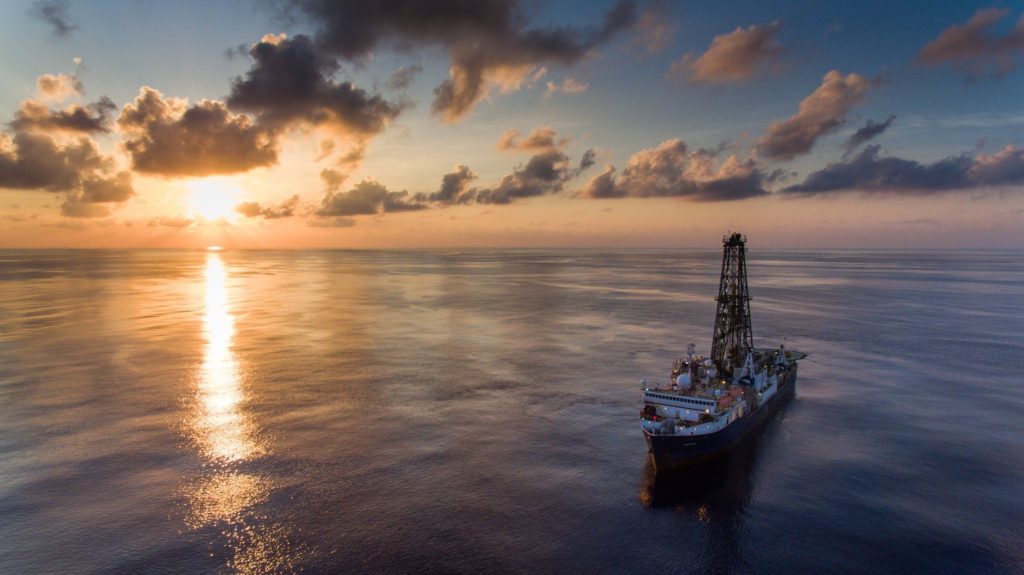Buried at sea: More accurate method to measure carbon in ocean sediment may improve forecasting of climate change

An international team of scientists led by Texas A&M University oceanographer Yige Zhang has developed a new approach to using organic carbon preserved within ocean sediment to predict climate change.
Organic carbon — the organic remains of once-living organisms — found buried within global marine sediments effectively sequesters carbon dioxide from the atmosphere and therefore plays a key role in altering Earth’s CO2 levels.
For decades, Zhang says, experts have used a system of isotopic calculations to estimate organic carbon burial.
Because photosynthesis prefers the lighter isotope of carbon, isotope measurements can be used to differentiate between organic or inorganic carbon burial in the global ocean, but this method is known to be very uncertain.
Zhang and his colleagues at the University of Bremen, Rice University and the University of Leeds challenged themselves to find a more accurate method, capitalizing on the wealth of deep-ocean drilling data collected by the National Science Foundation-funded International Ocean Discovery Program (IODP) during its decades’-worth of seagoing expeditions by the JOIDES Resolution aimed at studying the history of the Earth as recorded in sediments and rocks beneath the ocean floor.
The team used data amassed more than 50-plus years from more than 1,500 scientific drilling missions by IODP and its predecessors to make first-of-their-kind calculations of global organic carbon burial rates directly from the material in the ocean floor.
Their results are published in the Jan. 4 issue of Nature.
“We had this idea of compiling a huge global database and calculating the organic carbon burial rate in each location to come up with the global carbon burial rate,” Zhang said. “We wanted to see if this ‘bottom-up’ method agreed with the traditional method of isotopic calculations, which is more ‘top down.’”
What they discovered, Zhang says, was shocking.
“Our new results are very different — they’re the opposite of what the isotope calculations are suggesting,” he said.
Zhang cites a particularly noteworthy case during a period called the mid-Miocene, about 15 million years ago.
A common belief is that a large amount of organic carbon was buried around this interval, exemplified by the organic-rich “Monterey Formation” found in California.
The team’s new result, however, suggests instead that the smallest amount of organic carbon was buried during this interval over the last 23 million years or so.
“If our new records turn out to be right, then they’re going to change a lot of our understanding about the organic carbon cycle,” Zhang said.

